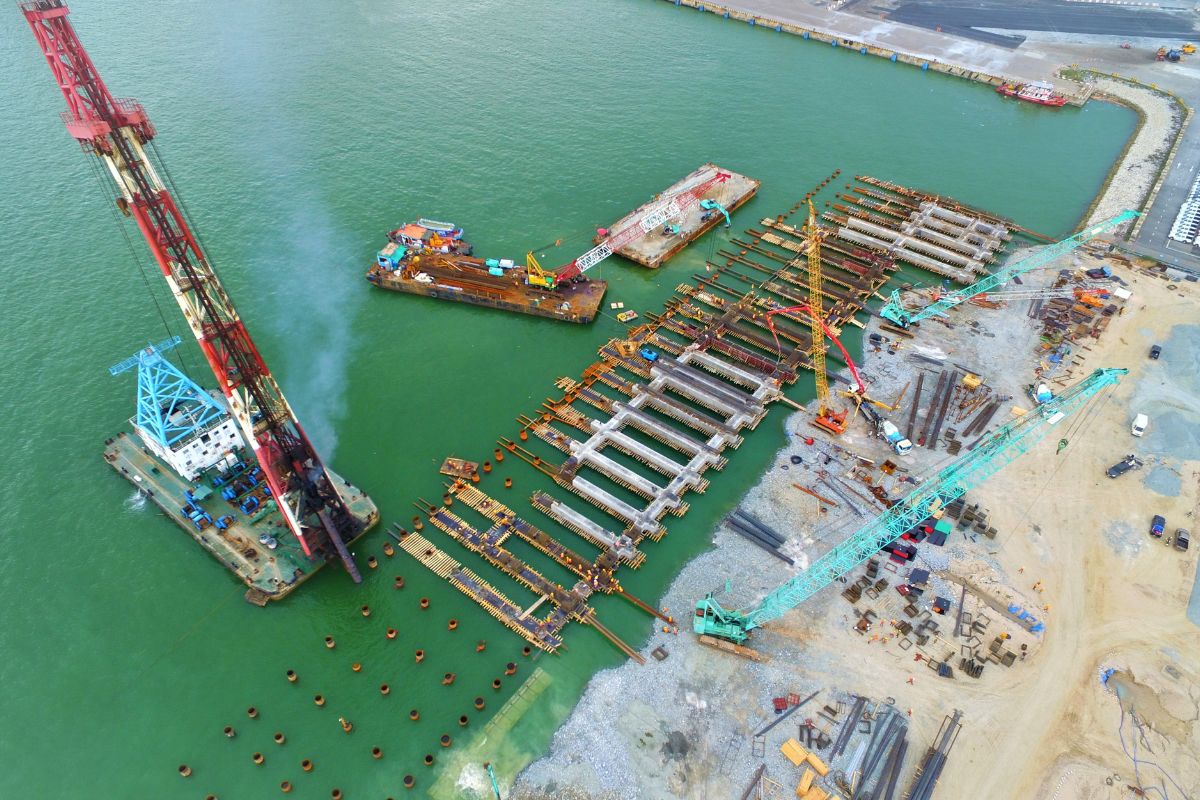
Introduction
Marine construction represents a unique and critical sector of the construction industry, focusing on projects and structures built in or near bodies of water. This field encompasses a variety of specialized tasks and equipment, making it essential for infrastructure development that supports maritime and coastal activities. In this comprehensive article, we will explore the complexities of building in marine environments, focusing on its importance, techniques, and the impact of dredging equipment on improving this field.
The Evolution of Marine Construction
Marine construction has evolved significantly over the years, from early rudimentary methods to modern, technologically advanced techniques. Historically, building structures in marine environments involved basic tools and manual labor. However, as the need for robust and durable structures grew, the industry saw the introduction of sophisticated equipment and engineering practices.
Today, these projects include everything from port facilities and offshore oil platforms to coastal defenses and underwater tunnels. This evolution highlights the industry’s ability to adapt to changing demands and technological advancements.
Key Components of Marine Construction
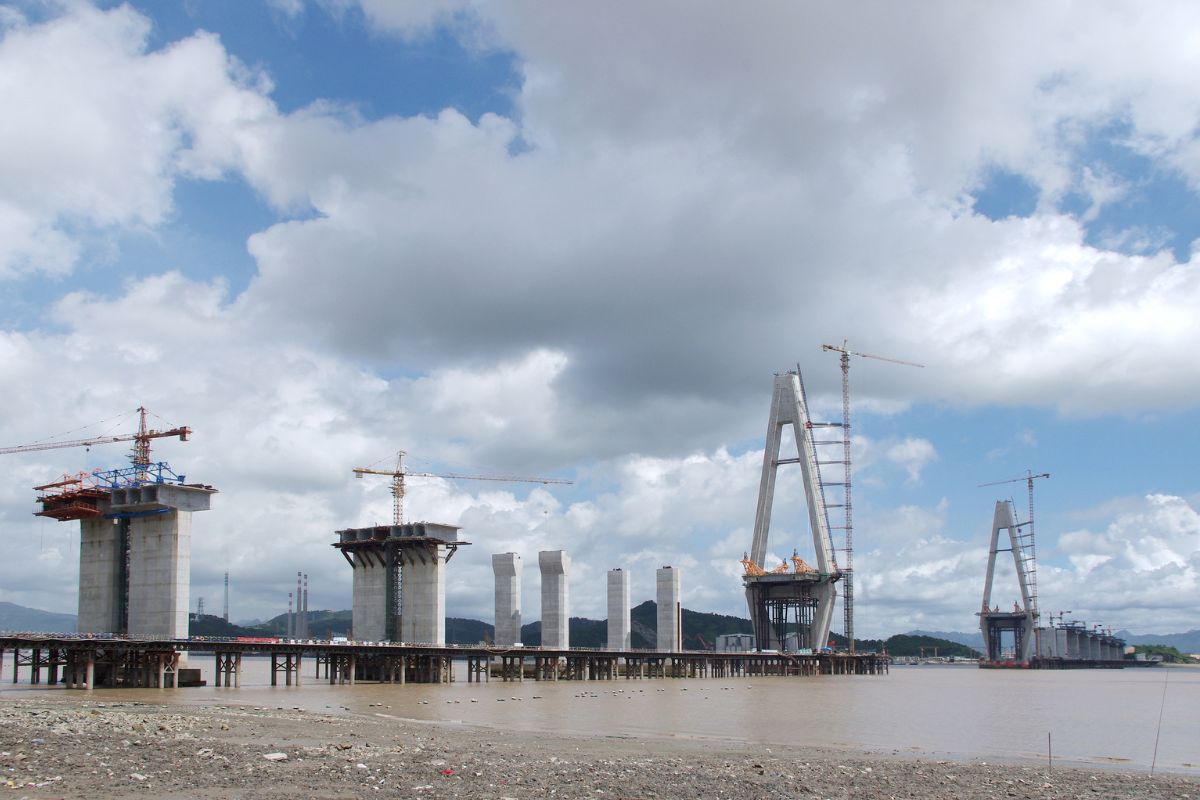
These projects are complex and require a multidisciplinary approach. The key components of marine construction include:
- Site Assessment and Planning: Before any physical work begins, a thorough assessment of the site is conducted. This includes studying the seabed conditions, tidal patterns, and potential environmental impacts. Proper planning is crucial for the successful execution of this project.
- Design and Engineering: Working in aquatic environments necessitates specialized design and engineering solutions to tackle the unique challenges present. This involves creating structures capable of enduring harsh marine conditions and maintaining stability in shifting sands or sediments.
- Dredging and Excavation: Dredging is essential for projects like port expansion, underwater foundations, or creating navigable channels, with the dredging equipment industry supplying the necessary machinery to remove sediments and prepare the site for construction.
- Construction and Installation: Once the site is prepared, construction begins. This phase involves the installation of various structures, such as pilings, underwater foundations, and marine pipelines. Specialized equipment is used to handle the challenges of working underwater and in difficult conditions.
- Maintenance and Inspection: Marine structures require regular maintenance and inspection to ensure their longevity and safety. This includes monitoring for signs of wear and tear, corrosion, and other issues that may arise due to the harsh marine environment.
The Role of Dredging Equipment in Marine Construction
The dredging equipment industry is integral to marine construction, providing the tools necessary for effective sediment removal and site preparation. Dredging involves the excavation of sediment from the bottom of water bodies to create or maintain navigable waterways, deepen ports, or prepare sites for construction.
Types of Dredging Equipment:
- Cutter Suction Dredgers: These are used for heavy-duty dredging operations. They feature a rotating cutter head that breaks up sediment, which is then suctioned up by a pump and transported to a designated location.
- Hydraulic Dredgers: These dredgers use high-pressure water jets to loosen sediment, which is then collected and pumped away. They are commonly used in shallow water applications.
- Bucket Dredgers: These employ large buckets to scoop up sediment from the seabed. The buckets are then emptied into a barge or other transport vessel.
- Trailing Suction Hopper Dredgers: These are equipped with a suction pipe and hopper to collect and transport sediment. They are particularly effective for large-scale dredging operations.
Impact of Dredging Equipment on Marine Construction:
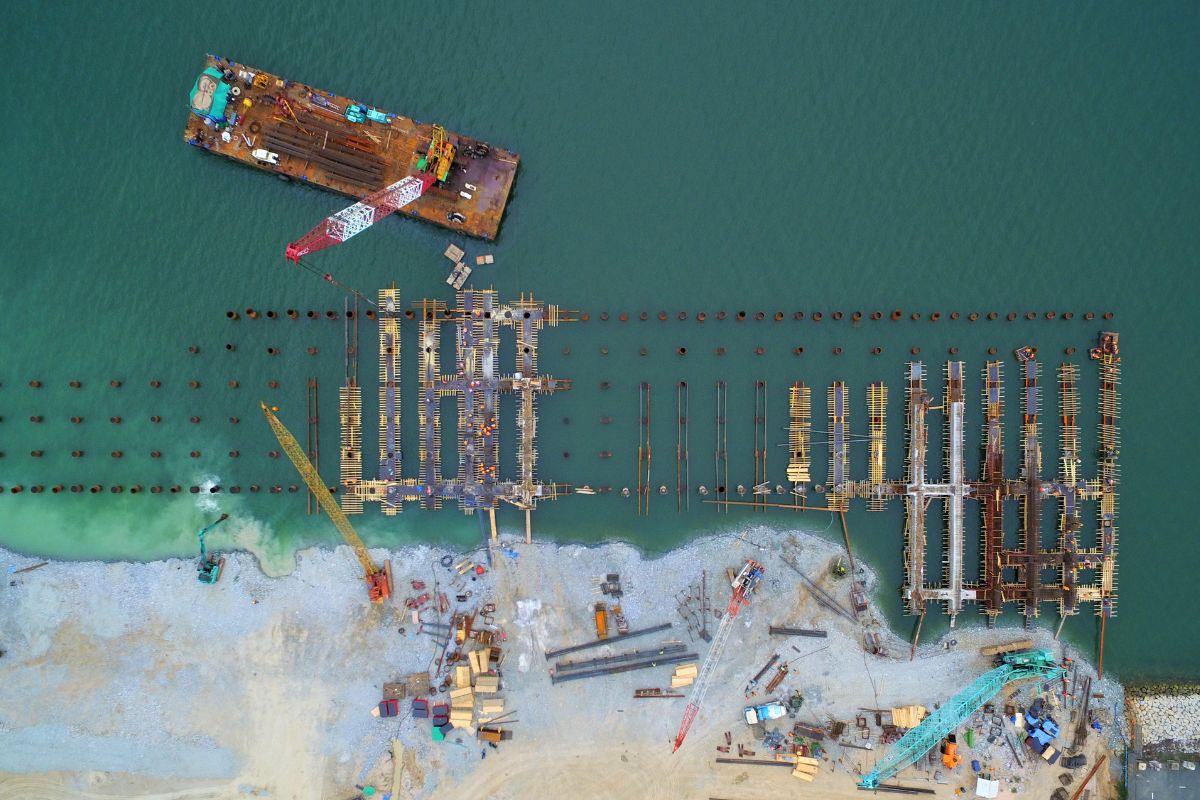
The availability of advanced dredging equipment has transformed the industry by enabling more efficient and precise excavation, thereby reducing the time and cost associated with site preparation. Furthermore, modern dredging techniques carefully manage sediment displacement and protect marine ecosystems, minimizing environmental impact.
Environmental Considerations in Marine Construction
These projects often face scrutiny due to their potential impact on marine environments. Environmental considerations are crucial to ensure that construction activities do not harm aquatic life or disrupt natural processes. Key considerations include:
- Environmental Impact Assessments (EIAs): Before commencing a project, an EIA is conducted to evaluate potential impacts on the environment. This assessment helps identify measures to mitigate negative effects and protect marine habitats.
- Sediment Management: Proper management of sediment during dredging is essential to prevent sediment plumes that can smother marine life or disrupt ecosystems. Techniques such as silt curtains and controlled dredging practices are employed to minimize impact.
- Wildlife Protection: Marine construction projects must take into account the presence of protected species and their habitats. Measures such as seasonal restrictions and monitoring programs help safeguard wildlife during construction activities.
- Pollution Control: Measures are implemented to control pollution from construction activities, including the management of waste materials and the prevention of oil spills or chemical leaks.
Innovations and Future Trends in Marine Construction
The industry is continually evolving, with innovations driving improvements in efficiency, safety, and environmental sustainability. Some notable trends include:
- Automation and Robotics: Automation and robotics are becoming more prevalent in the industry, with remote-operated vehicles (ROVs) and autonomous underwater vehicles (AUVs) frequently utilized for inspection, maintenance, and construction tasks. This shift reduces the reliance on human divers and enhances safety.
- Sustainable Practices: There is a growing emphasis on sustainability in marine construction. This includes the use of eco-friendly materials, energy-efficient construction techniques, and practices that minimize environmental impact.
- Advanced Simulation and Modeling: Contemporary simulation and modeling technologies are improving the design and planning stages, enabling more precise predictions of structural performance and environmental impact, which leads to better decision-making and project outcomes.
- Green Dredging Technologies: Innovations in dredging technology are focused on reducing environmental impact. This includes developments in sediment management and the use of less intrusive methods to minimize disruption to marine ecosystems.
Case Studies in Marine Construction
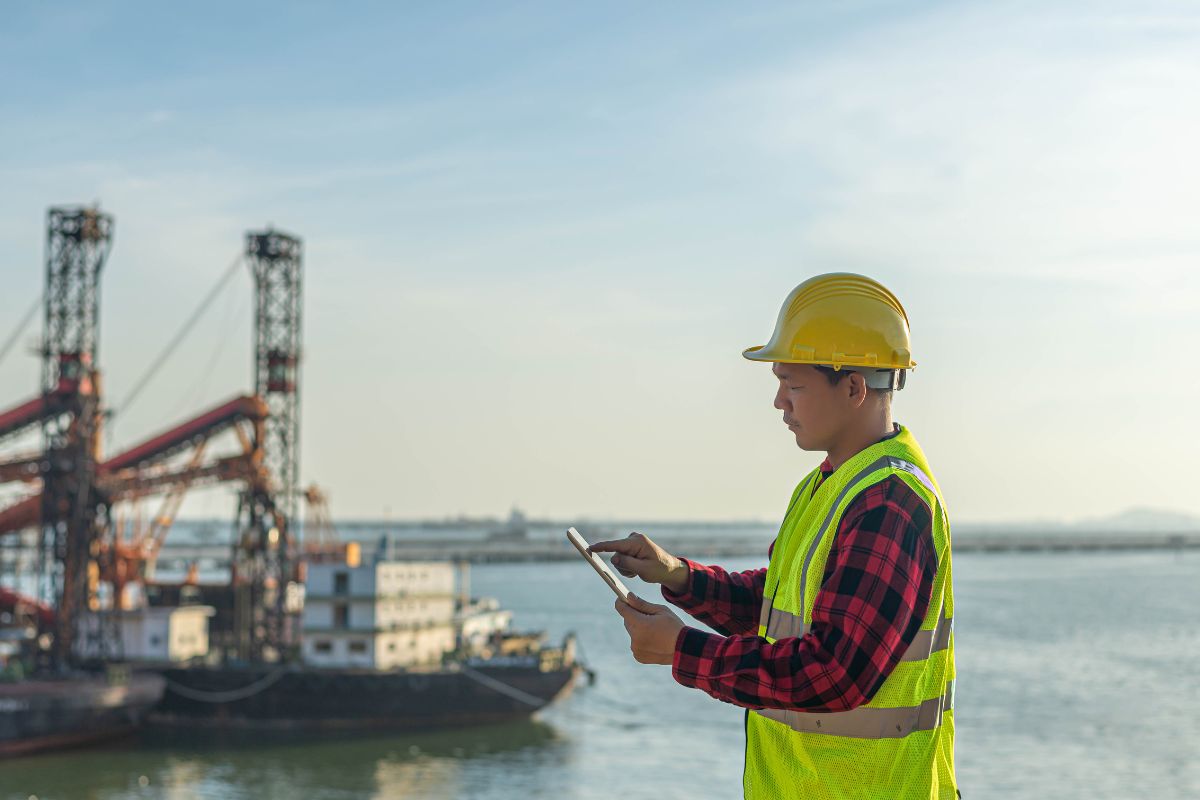
To illustrate the diverse applications of marine construction, let’s explore a few notable case studies:
- Hong Kong-Zhuhai-Macau Bridge: This ambitious project entailed building a bridge-tunnel system linking Hong Kong, Zhuhai, and Macau. It involved significant underwater work, including the installation of submerged tunnels and bridge segments. Advanced dredging equipment played a key role in site preparation and maintaining structural stability.
- Port of Rotterdam Expansion: The Port of Rotterdam expansion required extensive dredging and construction efforts to handle larger ships and boost port capacity. The project’s success was largely due to the advanced dredging equipment and cutting-edge construction methods employed.
- Gulf of Mexico Oil Platforms: The construction of Gulf of Mexico oil platforms relies heavily on the dredging equipment industry, which plays a crucial role in preparing the seabed and establishing stable foundation structures to support the platforms’ resilience against harsh marine conditions.
Conclusion
Marine construction is a dynamic and essential field that plays a vital role in supporting maritime and coastal infrastructure. The integration of advanced technologies, such as dredging equipment, has significantly enhanced the capabilities of marine construction professionals, enabling them to tackle complex projects with greater efficiency and precision.
As the industry continues to evolve, the focus on sustainability, innovation, and environmental stewardship will drive future developments. Marine construction will remain a cornerstone of infrastructure development, facilitating global trade, resource extraction, and coastal protection.
Grasping the complexities of marine construction and the importance of dredging equipment offers significant insights into this captivating and continuously advancing sector. Whether it involves expanding harbors, building offshore platforms, or protecting coastlines, this form of construction is crucial in molding our aquatic environments and sustaining our maritime endeavors.




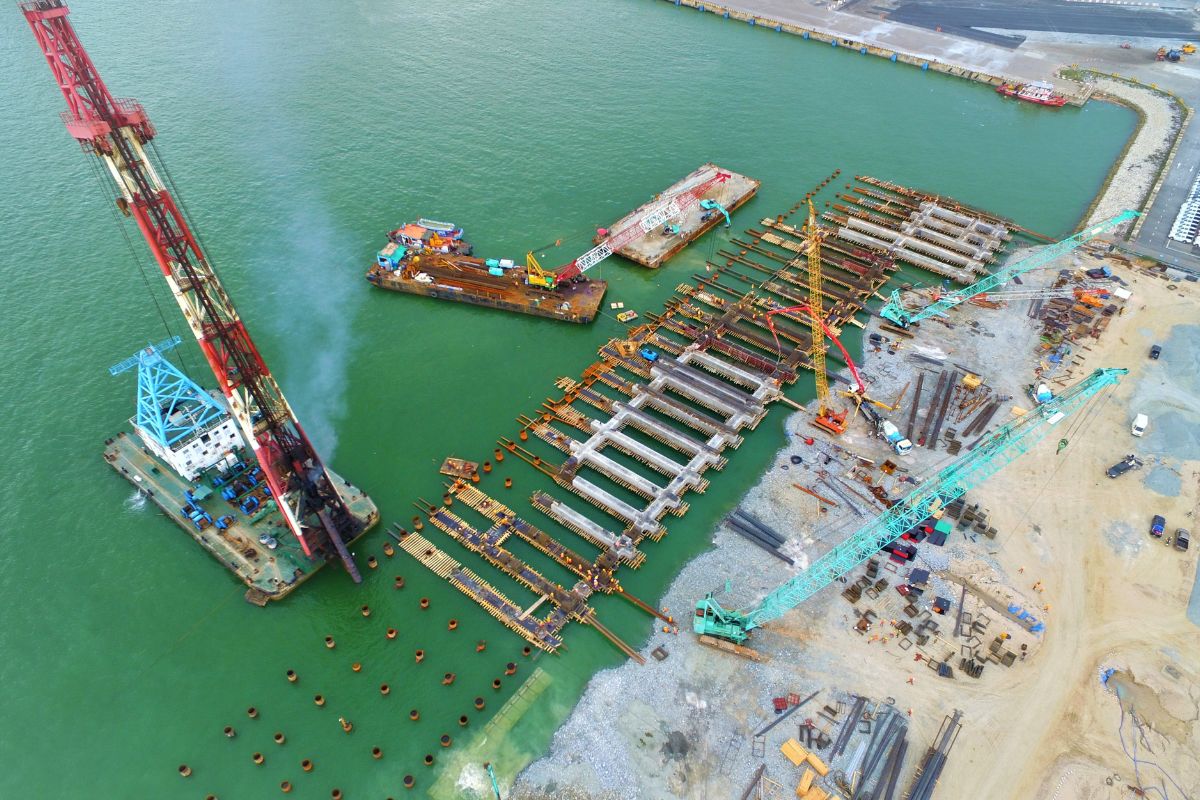
Comments